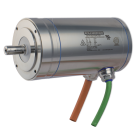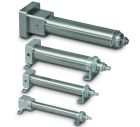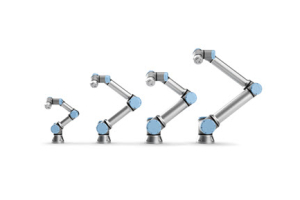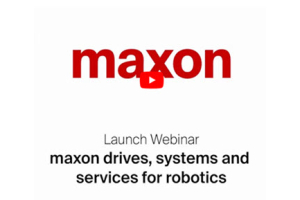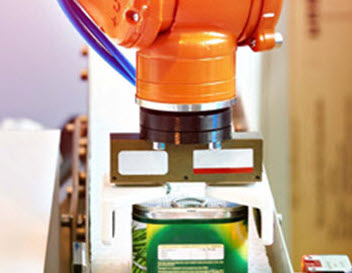
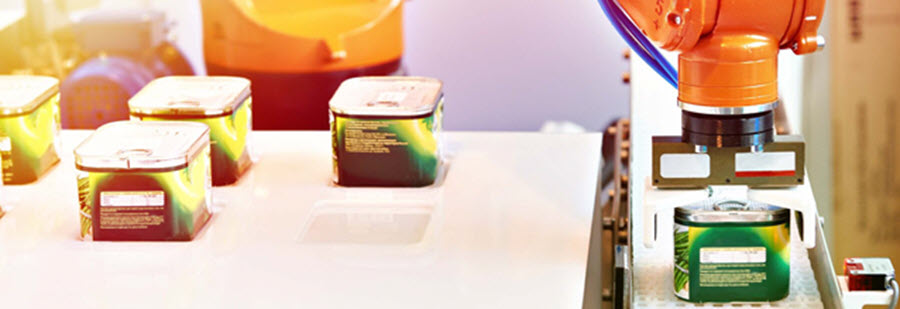

With the COVID-19 pandemic and sweeping labor shortages, the use of robotics in the food processing industry has grown increasingly important. However, this field has always had its challenges. The food industry is highly diverse, covering many industrial activities, including harvesting, production, processing, packaging, distribution, preparation, preservation, and service. Profit margins in this sector are difficult to maintain, particularly with recent supply chain shortages. With all these difficulties, the industry has responded with numerous innovations in robotics to handle the delicate and complex tasks in the food industry. Learn more about these recent robotics innovations and how they can improve your food and beverage operation.
Soft Robotics for Hard to Grasp Items
Soft robotics is a subfield of robotics that has become more prominent in the food industry. With the use of compliant materials versus the rigid metals usually used, the robotic components have a more flexible gripping components, which aids in the handling of soft food products to prevent bruising or misshaping. Safety is another added benefit to soft robotics, as soft bodied robotics pose a safer point of contact from a mechanical point of view. Many soft robotics can be seen in just the end effector of the robotic arm, however, innovations in soft robotics will look forward to completely flexible bodies and electronics.
Dark Kitchens
Dark kitchens are another area of innovation emerging in the food industry. These new fully robotic kitchens offer lower operational costs in an industry with notoriously high
overhead. The flexibility and adaptability are some key features of dark kitchens. With a fully robotic kitchen in half the space, the ability to operate from anywhere and scale production with seasonal demands are some key features businesses are looking to automate with dark kitchens. With a completely sealed system of robotics end effectors touching the prep areas and work stations, dark kitchens have the ability to create healthy, high quality food products from a safe and sealed environment. Dark kitchens are in use widely in Europe for food delivery, accounting for 30% of food delivery. No cross contamination, or human errors creating unsafe food handling, resulting in a quality safe product.
Robotics in Agriculture
Agriculture has always been the first step in the journey of food products. Planting, harvesting, and sorting crops are some basic applications for robotics in agriculture. With the ever-increasing population growth, sustainable and fast food sources depend on innovations in this industry to provide faster growth seasons, easier harvesting, and the use of vertical farming to save on spacing. Here are some examples of how companies are using innovative robotics to help with everyday agriculture work:
- Grafting, planting and seeding system using robotic controlled software. These systems use soft robotics to not damage or crush the plant.
- Spacing is crucial for plant development. One nursery is using robotic applications for spacing plants in a predefined pattern for optimal growth.
- Robotics able to weed autonomously among large fields, gathering more data among the crops, and feeding that data to the farmer for predictable and optimized crop for next year.
- New robotic vehicles are able to service an entire orchard navigating with Lidar, vehicle sensors and proprietary software. Up to 8 of these vehicles can be monitored by one worker and a laptop. All of this can be set up within an hour, making this a virtual plug and play solution for your orchard.
- With artificial intelligence and machine learning vision system, a strawberry harvester can navigate its way through acres of crops, picking only ripe strawberries quickly and efficiently.
- A small robotic vehicle with the ability to navigate through fields, collecting data on the crops, testing health, collect characteristic data, to then feed that to the farmer for real time statistics on their crop.
Beverage Industry Robotic Solutions
The food and beverage industries are closely tied together. Many innovations transcend their original industry and cross into another. With innovations in robotics spanning the beverage industry both private and public sectors, here were two innovations that really stand out:
- Smart Cups - These cups feature 3D-printed capsules at the bottom of biodegradable drink cups. Water added to the cups activates the printed capsule, turning it into a smart energy drink.
- Print A Drink - Using a 7-axis robot arm, designed for human interaction, to insert microliters of a different liquid into the cocktail, creating floating artwork inside the drink. Using all natural ingredients, the robot can produce all sorts of artwork, including company logos for a happy hour—now that is advertising.
The need to work with a large variety of food products, while keeping costs low, makes the development of robot end effectors necessary in the food industry. Robotic recognition of food products and materials in 3D scenarios will no doubt play a part in the future of food and beverage manufacturing. All of these innovations, however small or impactful they seem, will help tackle the rising concerns of labor and supply shortages as well as the social shift of customers looking for companies that are more environmentally friendly, with low carbon footprint facilities. The food and beverage industry is looking to exceed $800 billion dollars by 2025. Moving to autonomous robotics will help companies stay competitive, eco-friendly, and profitable in the future, and help tackle rising issues in the world economy. Interested in learning more about our robotics for the food and beverage industry? Contact us today to discuss your automation goals, and we’ll help you find the best solutions for your operation.

